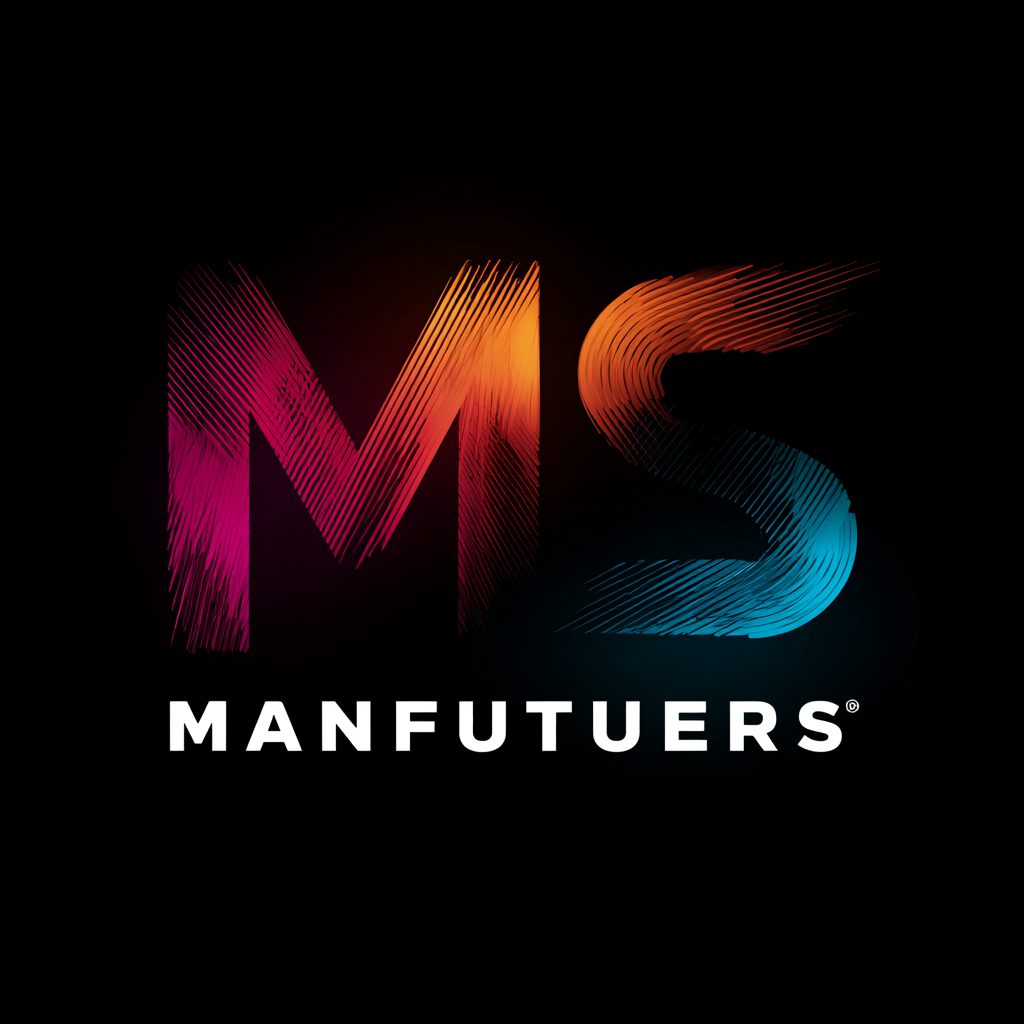

In the dynamically evolving landscape of 2025, understanding the best manufacturers is crucial for businesses aiming to thrive in a competitive market. This blog delves into essential market insights and compelling case studies that highlight the key players driving innovation and efficiency in various industries. By exploring the criteria that distinguish top manufacturers, we provide a comprehensive checklist to help readers identify reliable partners and suppliers. From assessing production capabilities to evaluating sustainability practices, our insights will equip decision-makers with the knowledge needed to navigate the complexities of modern manufacturing. Join us as we uncover the strategies and practices that set exceptional manufacturers apart, paving the way for successful business collaborations in the coming years.

As we delve into the manufacturing landscape of 2025, a closer examination of market dynamics reveals essential trends that will shape this industry in the coming years. The global pet industry, for instance, is projected to continue its robust growth, with spending expected to rise significantly, reflecting new shopping patterns and emerging product categories. This shift in consumer behavior is indicative of broader trends across various manufacturing sectors, where adaptability and innovation will be paramount.
In addition to consumer goods, the life sciences sector showcases a promising outlook, driven by digital transformation and innovative practices. Projections indicate optimism for 2025, as companies leverage technology to enhance productivity and streamline operations. The engineering and construction industries also display favorable conditions, with a notable increase of 10% in nominal value added in 2024, setting the stage for continued expansion. As manufacturers navigate these key trends, understanding the interplay between technology and market needs will be crucial for sustained growth in the dynamic manufacturing landscape of 2025.
The future of manufacturing is being reshaped by innovative technologies that drive efficiency, productivity, and sustainability. As we delve into the transformative forces becoming prevalent in 2025, we see a clear trend towards digital transformation, emphasizing data-driven solutions that enhance connectivity and collaboration across manufacturing processes. Integrating cutting-edge technologies such as artificial intelligence, the Internet of Things, and advanced robotics is enabling manufacturers to optimize operations, streamline supply chains, and adapt to dynamic market demands.
Recent initiatives highlight the importance of innovation-driven growth, showcasing how industries can leverage new technologies to elevate traditional manufacturing methods. As nations pivot towards high-quality development, fostering new productive forces, it becomes essential for manufacturers to harness scientific innovations and adopt strategic enhancements in their operations. By capitalizing on these advancements, businesses not only enhance their competitive edge globally but also contribute to a balanced economic structure reflecting the changing landscape of manufacturing.

Sustainability in manufacturing has become a crucial focus as companies strive to reduce their environmental impact and meet consumer expectations. In 2025, we are likely to see a significant shift towards eco-friendly practices that emphasize resource efficiency and waste reduction. Manufacturers are increasingly adopting advanced technologies such as artificial intelligence and automation to optimize production processes, thereby minimizing energy consumption and material waste. Embracing circular economy principles, businesses are looking at ways to repurpose byproducts and recycle materials, ensuring that nothing goes to waste.
Moreover, companies are integrating renewable energy sources, such as solar and wind, into their manufacturing operations. This transition not only cuts down greenhouse gas emissions but also enhances energy security and reduces operational costs in the long run. Collaborative efforts within industries and partnerships with sustainable suppliers are likely to play a pivotal role in driving this change. As manufacturers prioritize sustainability, they create a competitive advantage and foster a brand image that resonates with the values of environmentally conscious consumers. Thus, 2025 appears poised to be a landmark year for eco-friendly manufacturing initiatives that redefine industry standards.
| Manufacturing Sector | Sustainability Initiative | Impact Measurement (2025) | Investment in Green Technology | Expected ROI (Year) |
|---|---|---|---|---|
| Automotive | Electric Vehicle Production | Reduction of CO2 emissions by 50% | $500 million | 2027 |
| Textiles | Recycled Materials Usage | Use of 70% recycled fibers | $200 million | 2026 |
| Electronics | Energy-Efficient Manufacturing | 30% reduction in energy usage | $300 million | 2025 |
| Construction | Sustainable Building Materials | Increased use of bamboo and recycled steel | $150 million | 2028 |
| Food and Beverage | Waste Reduction Programs | Diverting 80% of waste from landfills | $100 million | 2025 |
In the fast-evolving landscape of manufacturing, companies are increasingly required to adapt quickly to market shifts, driven by technological advancements and changing consumer preferences. A notable case study of adaptability is seen in GE Appliances, which embraced the Internet of Things (IoT) to enhance its product offerings. By implementing smart technology into household appliances, GE not only responded to consumer demand for connectivity but also improved efficiency, reflecting the global trend where 25% of consumers are prioritizing smart home devices in their purchasing decisions, as reported by Statista.
Another compelling example is Tesla, which has continually redefined automotive manufacturing through its innovative approach to production and supply chain management. According to a McKinsey report, Tesla's vertical integration strategy has allowed it to maintain control over key components, enabling faster response times and cost management. This adaptability became crucial during the global chip shortage, where Tesla's proactive measures led to a 30% increase in vehicle production, showcasing a resilient model that other manufacturers are beginning to replicate. These case studies highlight the significance of flexibility and innovation in staying competitive in an ever-changing market landscape.
In 2025, competitive advantage in the manufacturing sector will hinge on innovative strategies and adaptive management philosophies. Top industry players are increasingly utilizing their unique management principles as a blueprint for success. Notably, a recent discussion on the management philosophies of leading CEOs reveals that clear vision and proactive adaptation are vital. These leaders emphasize the importance of understanding market dynamics and customer needs, which allows them to stay ahead of competitors and drive efficiency in operations.

Additionally, the role of mentorship and networking cannot be underestimated. Educational initiatives, such as the recent recruitment activities by leading universities, highlight how industry immersion and alumni exchanges empower the next generation of executives. These programs cultivate skills beyond traditional textbooks, fostering connections that can lead to strategic collaborations in the manufacturing landscape. Adopting these practices can significantly enhance a company's ability to navigate a rapidly evolving market, ultimately positioning them for long-term success in 2025 and beyond.